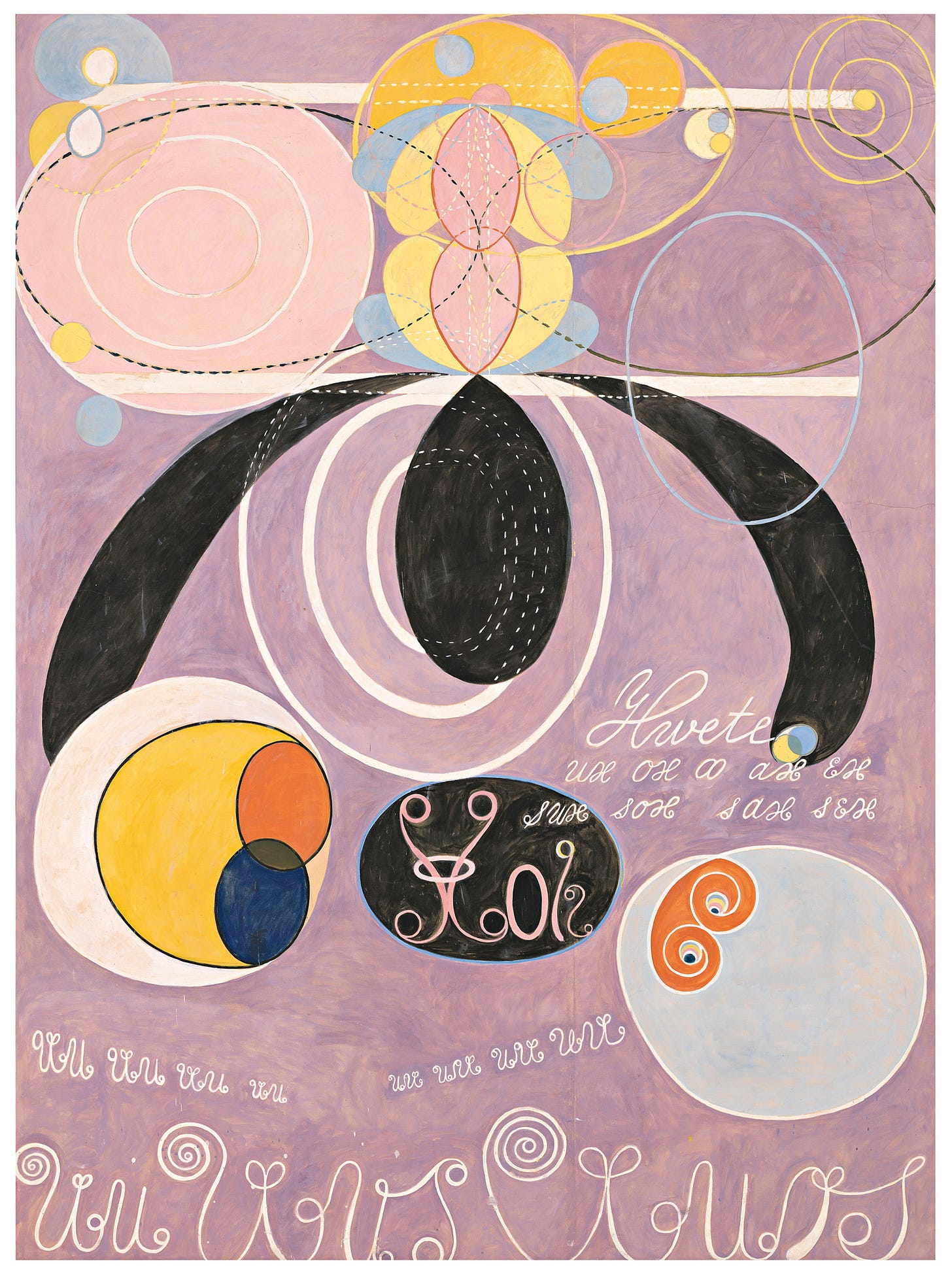Understanding Collective Darkness
This energy is essential.
Perhaps everything terrible is in its deepest being something that needs our love. —Rainer Maria Rilke

If you’re new to this space, I’ve been writing a series of newsletters about dark energy, inspired by an accident this past summer where I fell off a horse and broke my neck. While I was fine (miraculously), I had a pretty incredible energy healing in its aftermath that introduced me to other dimensions. (You can read that full story here.) I found a lot of resonance and explication of these forces in the writings of Llewellyn Vaughan-Lee, an incredible Sufi mystic and teacher (you can hear our podcast conversation here, though we didn’t talk about dark energy). I then wrote a newsletter about understanding spiritual power and another about when communities are in shadow.
In today’s note, I wanted to explore what that darkness even is—is it “evil,” or something else entirely? Now first, a caveat: I don’t know. I know what we all know—that it certainly feels like evil forces are at play in the world, historically and otherwise. So what, exactly, are they? And is darkness even a “they”? What I’m going to argue is that everything can be transmuted and transformed, that what we’re seeing is extreme shadow, untouched and unmixed by light. (Keep in mind that “Lucifer”—equated with Satan in the Bible—means lightbearer/lightbringing in Latin.) Shadow and light, two sides of the same coin—dependent on each other for existence.
In Breathing Under Water, his book about the 12 steps, Father Richard Rohr writes: “The game is over once we see clearly, because evil succeeds only by disguising itself as good, necessary, or helpful. No one consciously does evil. The very fact that anyone can do stupid, cruel, or destructive things shows they are, at the moment, unconscious and unaware. Think about that: Evil proceeds from a lack of consciousness. Jesus also says, just earlier, ‘The lamp of the body is the eye. If your eye is sound, your whole body will be filled with light. But if your eye is diseased, your whole body will be darkness. And if the lamp within you is, in fact, darkness, what darkness that will be’ (Matthew 6:22-23). Step 4 is about creating a good and trustworthy lamp inside of us that reflects and reveals what is really there, knowing that ‘anything exposed to the light will itself become light’ (Ephesians 5:14). Somehow, goodness is transferred by radiance, reflection, and resonance with another goodness, more than by any act of self-achievement. We do not pull ourselves up; we are pulled.” I love this sentiment, particularly as it posits that we are both lamps and mirrors—capable of transforming and reflecting more light…or absorbing and projecting distortion. This feels very accurate to me, also underlining that we are containers for all of these energies, that we ourselves hold all of these polarities. I balk a little bit when I hear people only talking about light, lightness, and being lightholders—it feels like a disavowal of reality, a refusal to acknowledge voids and the harder things we experience, like death. The Taoist symbol of the yin and the yang tells us everything we need to know: There is light present in darkness, and the reverse is also true. Darkness—hard things, hard people, hard events—can be the greatest impetus for growth.
Keep reading with a 7-day free trial
Subscribe to Pulling the Thread to keep reading this post and get 7 days of free access to the full post archives.


